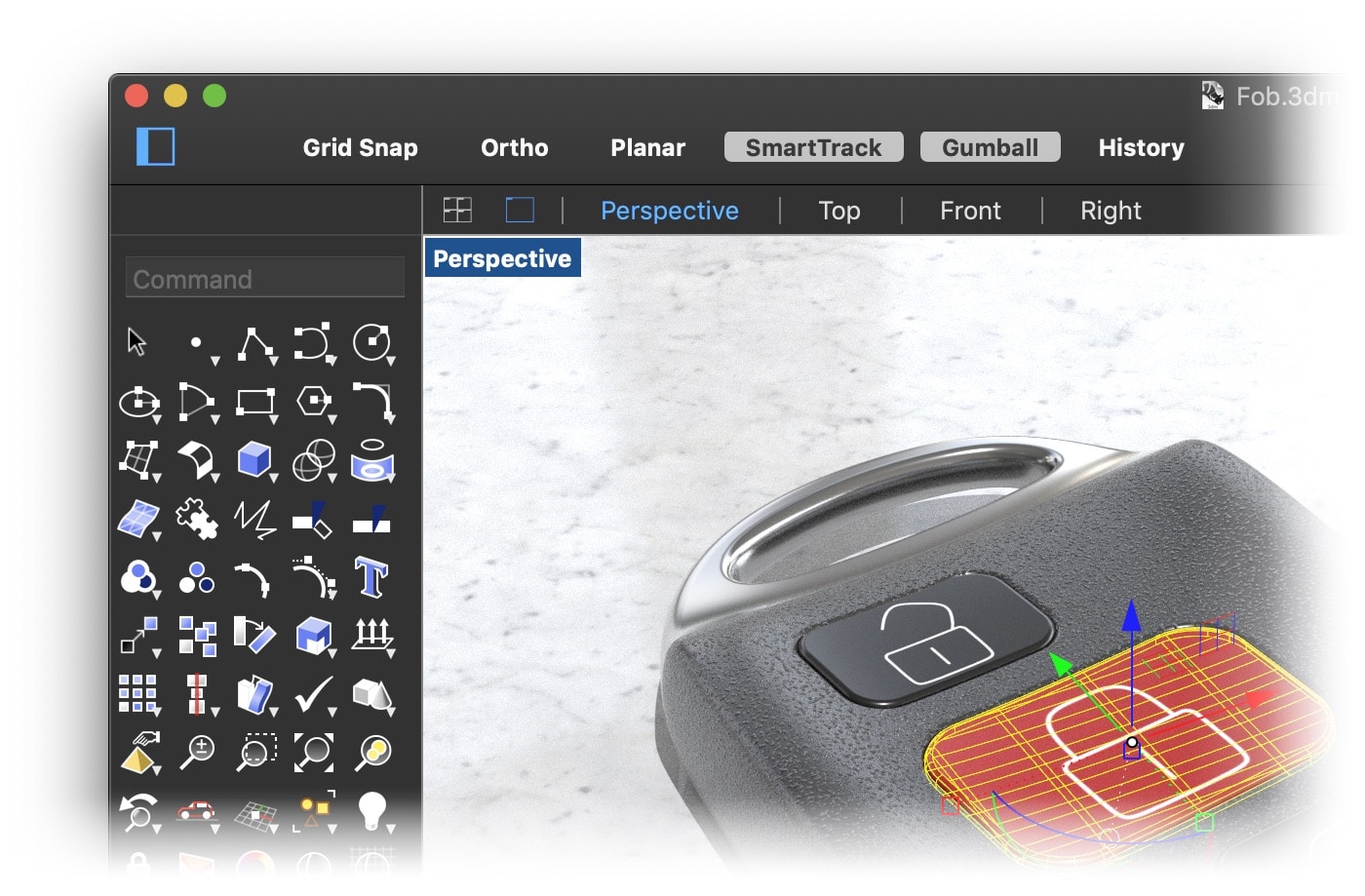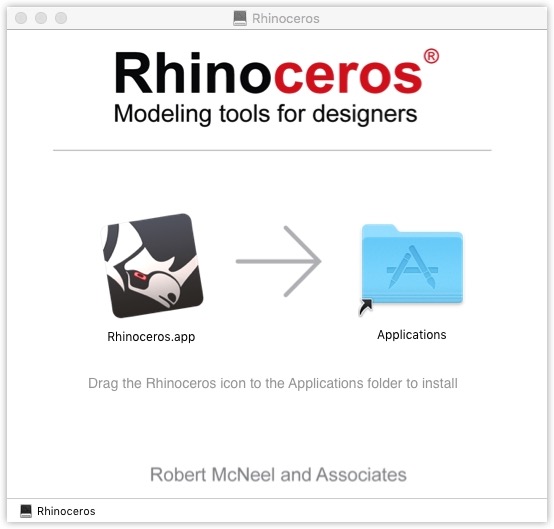

If you are considering the high end iMac Pro and Mac Pro in the quest for ultimate performance then we would suggest that you also look at the Windows platform as there is a larger choice of high end CPU’s and dedicated GPU solutions for the professional CAD and 3D modelling market.We would also advise that many of our customers report that the ‘Magic Mouse’ supplied by Apple with the desktop Macs is not suitable for CAD and modelling – a conventional wireless two button mouse with scroll wheel may be much more useful.Īs well as operating hardware, the way in which Rhino models are built and large files referenced can make a huge difference on the speed and efficiency of working with Rhino and its associated plug-ins.
#Rhino for mac review upgrade
On some machines the base RAM specification is 8GB and we strongly recommend upgrading to 16GB – note that if you are looking for a 21.5” iMac then you should request this upgrade as a purchase option as the memory in these machines is not user upgradable.

These all have dedicated Graphics Cards (GPU) and fast processors (CPU). The ‘sweet spot’ for new hardware is the higher spec iMacs and 16” MacBook Pro models.

RAM in iMac 21.5” is not user upgradeable. The table below summarises the suitability of the current Apple Mac range for running Rhino. The four hardware variables that we are commonly asked about and that have the most effect on performance are:įor new Apple machines the above choices are somewhat limited by the fact that Mac notebook and desktop machines are pre-configured with limited options and, in some cases, not upgradeable. The best specification for running Rhino 7 for Mac ultimately depends on what you are using Rhino for but here are some pointers on the various facets that can influence performance. It is certainly possible to “get by” with a lower specification Mac and experience restricted rendering (for instance), but for those purchasing up to date hardware most do not want to make that compromise (in our experience). Having spoken to a good number of Rhino for Mac users, many of whom were using underpowered hardware with disappointing results, we decided to create a matrix of the current Mac products that are most suited to the more demanding Rhino for Mac user. The hardware specifications and recommendations below apply to professional users of Rhino (and other design software) this same group often creates complex and demanding models. The table below summarises the suitability of the current Apple Mac range available from Apple in the UK as at : Model At the time of writing, it is thought that the 16” MacBook Pro replacement may be introduced from September/October 2021.
#Rhino for mac review software
However, both products are scheduled to be replaced with Apple Silicon based machines and, particularly if you are using other software with Rhino, then you may be better off waiting for the Apple Silicon based machines. This leaves the higher specified Intel machines including the 16” MacBook Pros and 27” iMac which, of course, will run Rhino natively and, dependant on model, can be configured with a good amount of RAM and dedicated graphics cards. There are however, some limitations with the existing M1 based machines including limited screen size and a maximum RAM ceiling of 16GB. Using Rosetta is essentially a ‘stop-gap’ until Rhino can be made to work natively on Apple Silicon and this is unlikely to happen before Rhino 8.Īlthough not a native application, McNeel report that Rhino runs well on the M1 processor, and the performance is better than the similarly specified (lower end) Intel processors. Apple’s Rosetta Translation Environment attempts to automatically translate Intel applications to run on Apple Silicon. Please note that this implementation is not native but uses Apple’s Rosetta 2. Rhino 7 for Mac is supported on Apple Silicon Macs with M1 processors running macOS Big Sur 11.3 onwards.

The first products to feature Apple Silicon are the MacBook Air, MacBook Pro 13” and iMac 24” with the M1 processor. Going forward all new Apple Mac laptops and desktops will be built on versions of Apple Silicon rather than using Intel technology. Apple currently produces and sells machines with ‘Apple Silicon’ and ‘Intel’ processors.


 0 kommentar(er)
0 kommentar(er)
